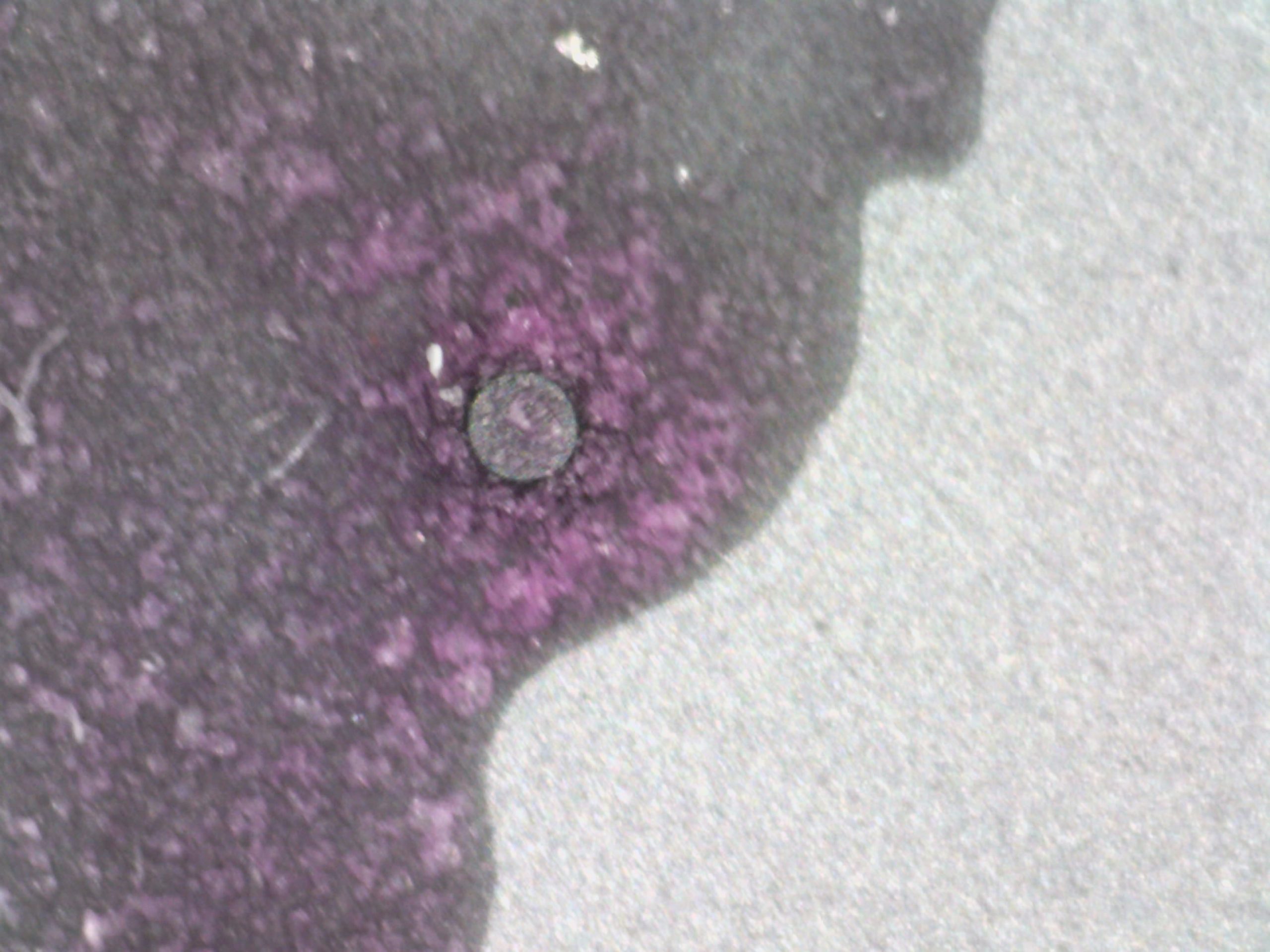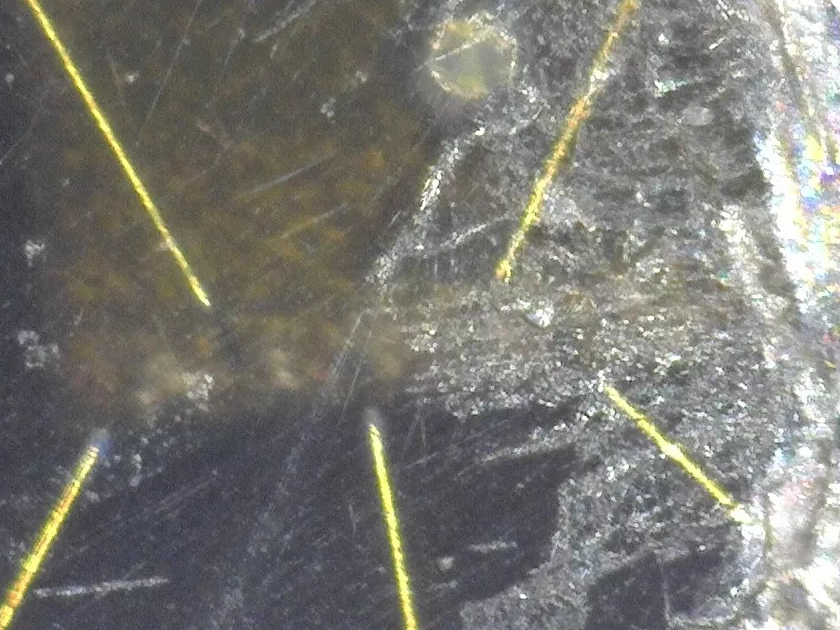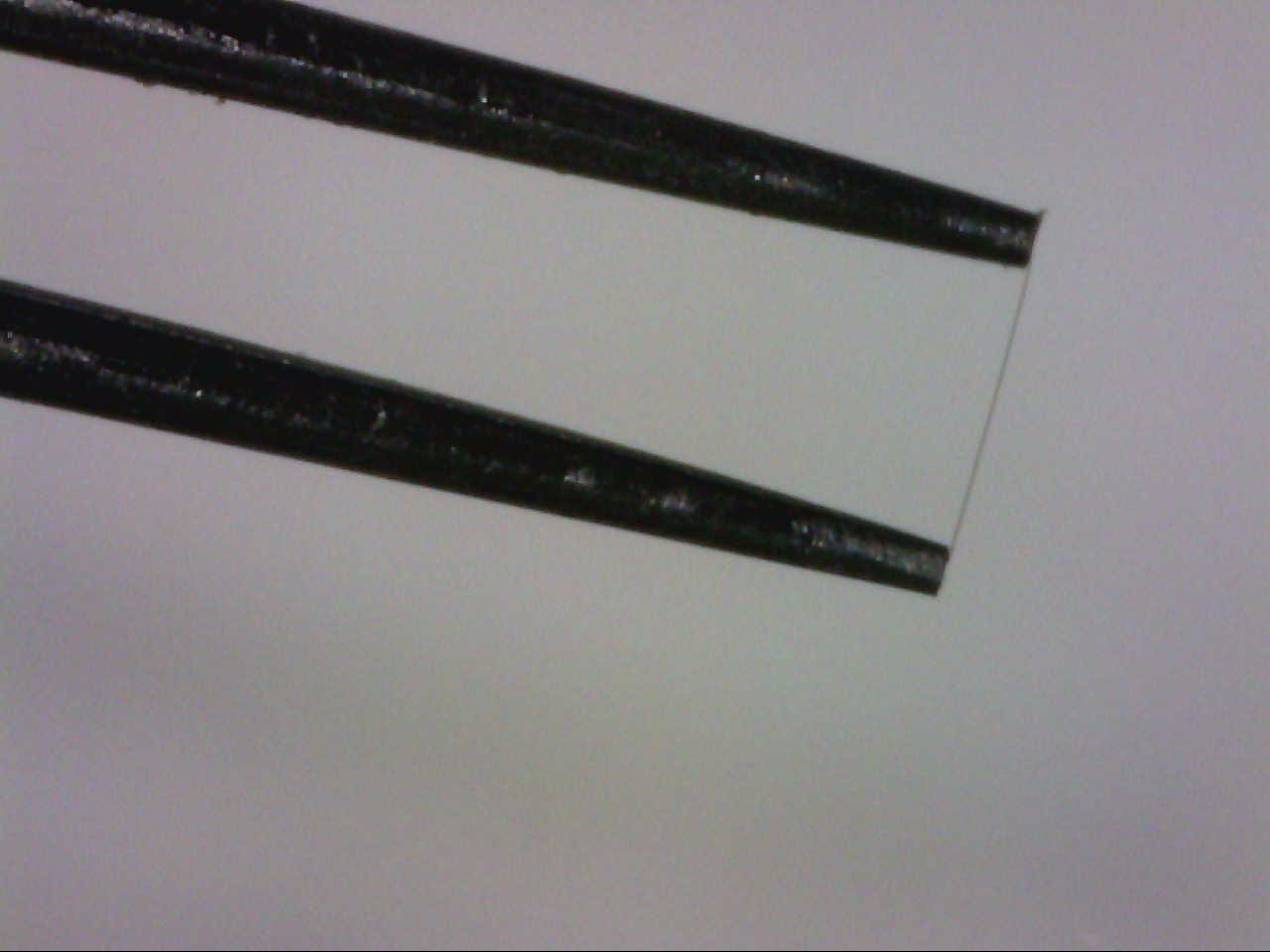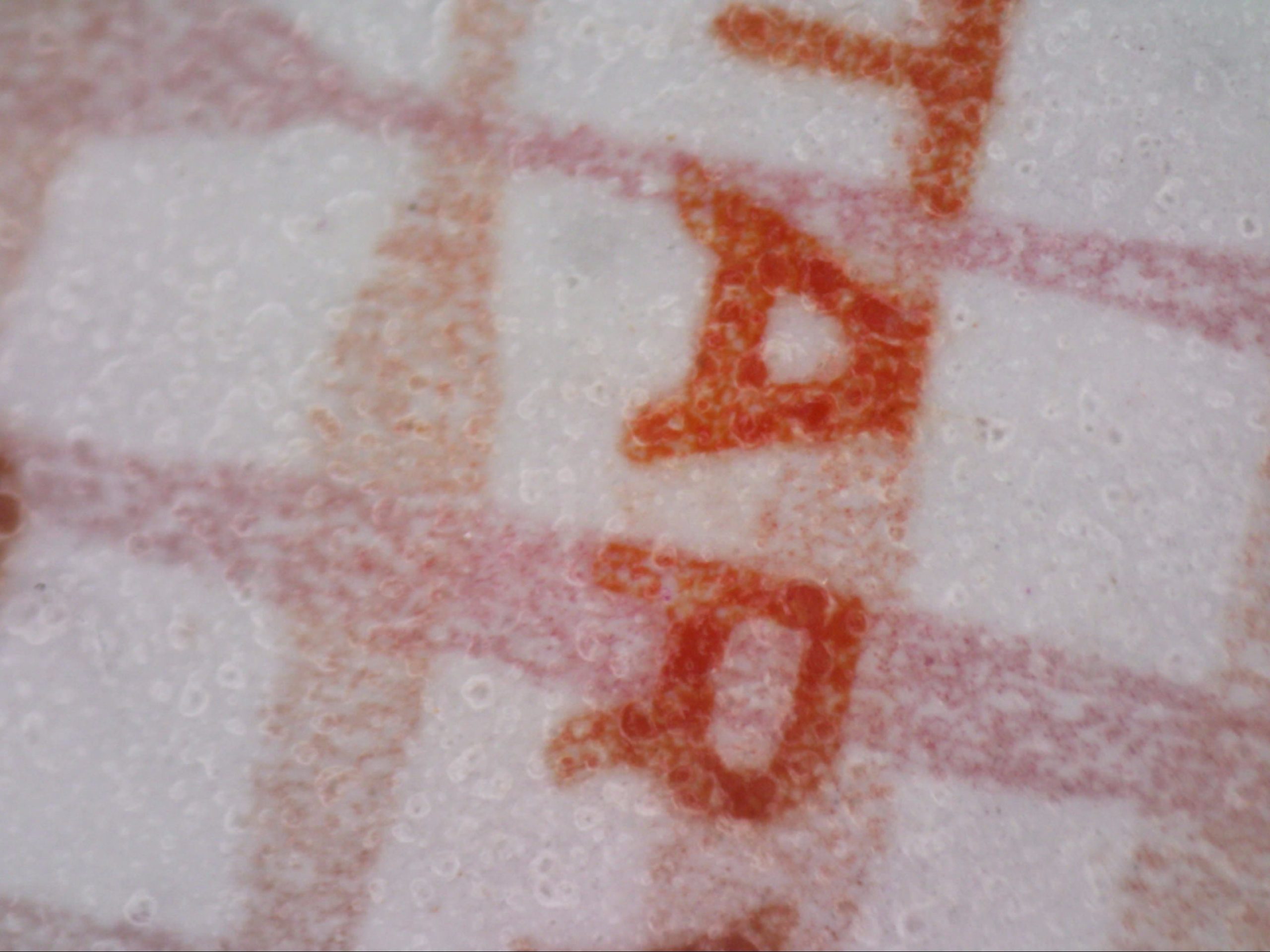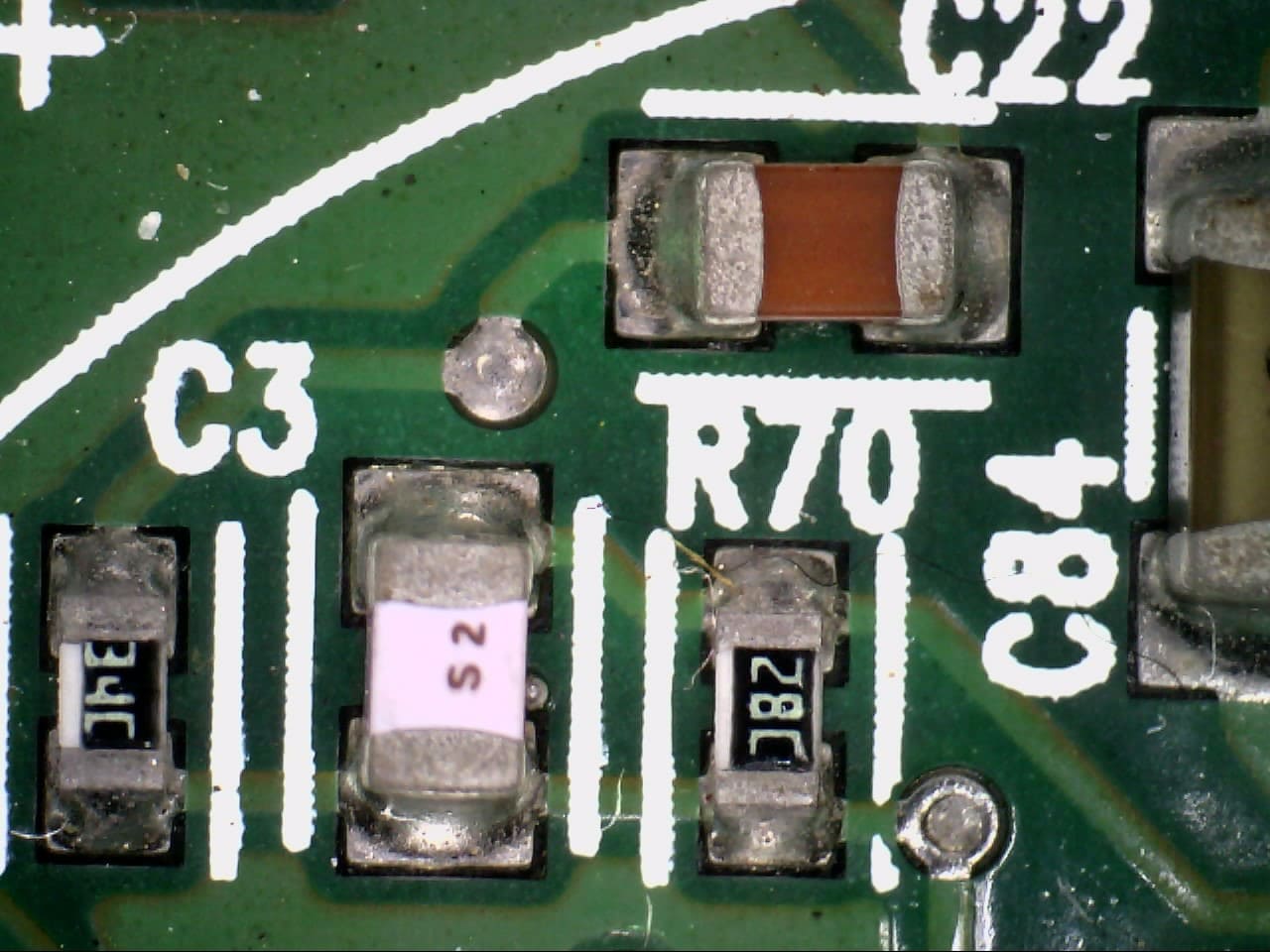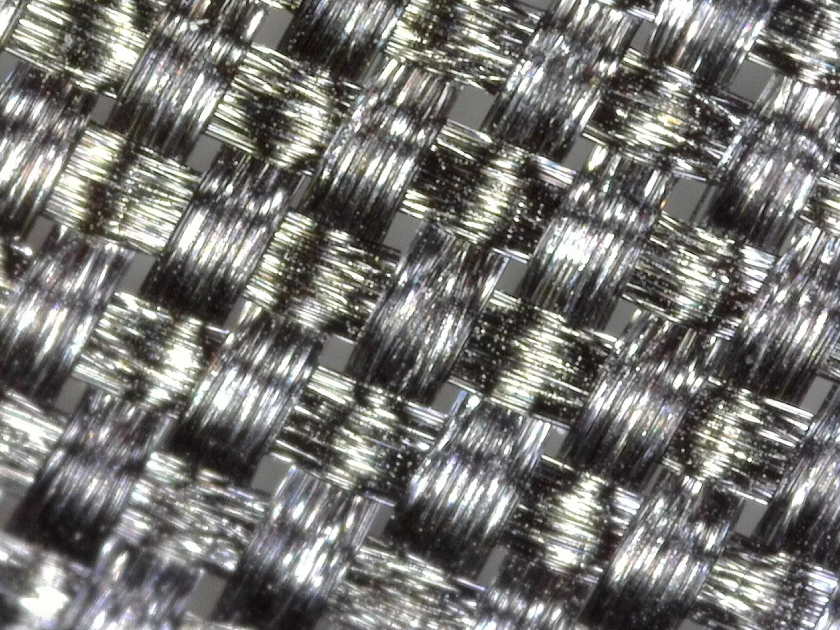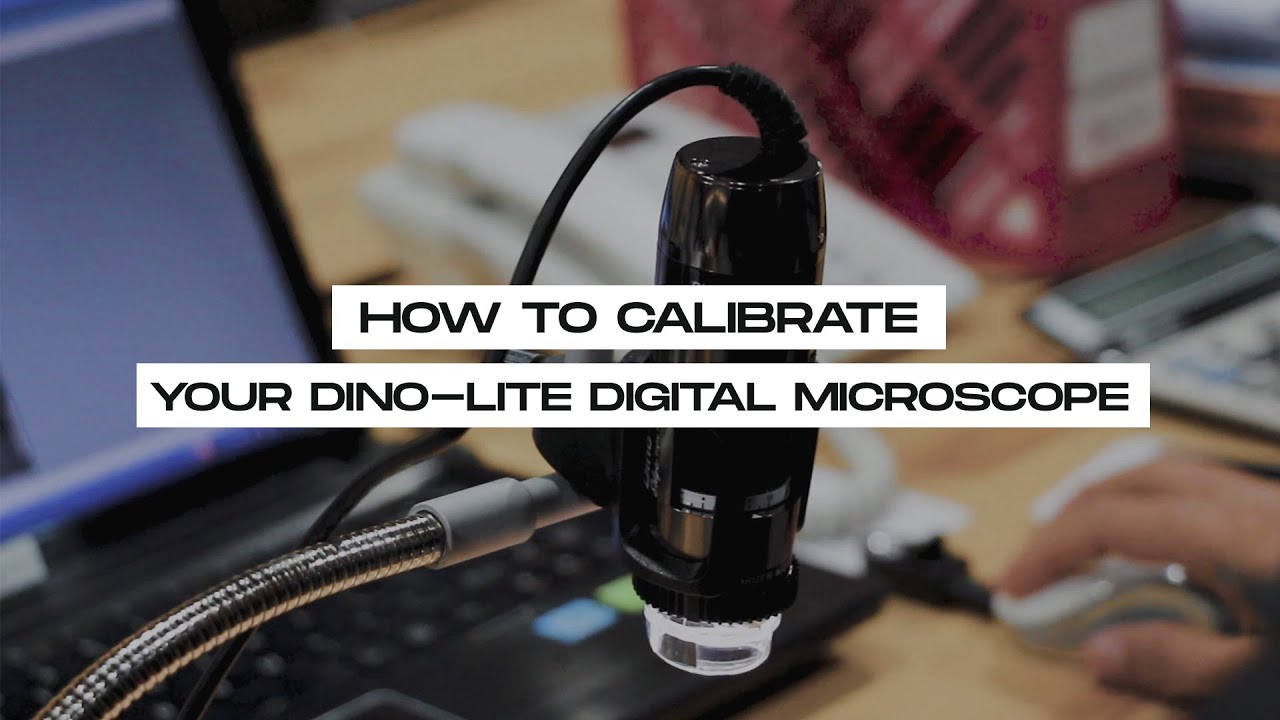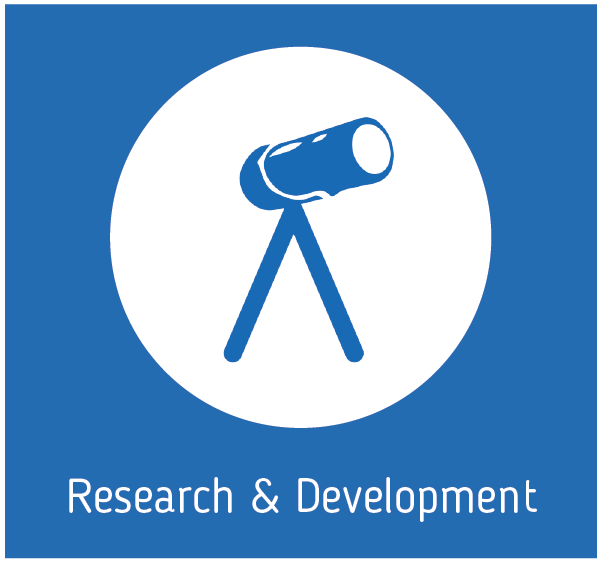Uses of Dino-lite Digital Microscope for Gas Distribution Plate
Gas Distribution Plate
 This Gas Distribution Plate is used in Semiconductor for electrodes, shower heads and Gas Distribution Plates. The Dino-Lite is used to see the small hole around the plate. We are checking to see if they are cleansed thoroughly with water. Normally, we would want to check this before and after cleansing.
This Gas Distribution Plate is used in Semiconductor for electrodes, shower heads and Gas Distribution Plates. The Dino-Lite is used to see the small hole around the plate. We are checking to see if they are cleansed thoroughly with water. Normally, we would want to check this before and after cleansing.
Uses of Dino-lite Digital Microscope for Aerospace - Hairline Crack
Aerospace - Hairline Crack
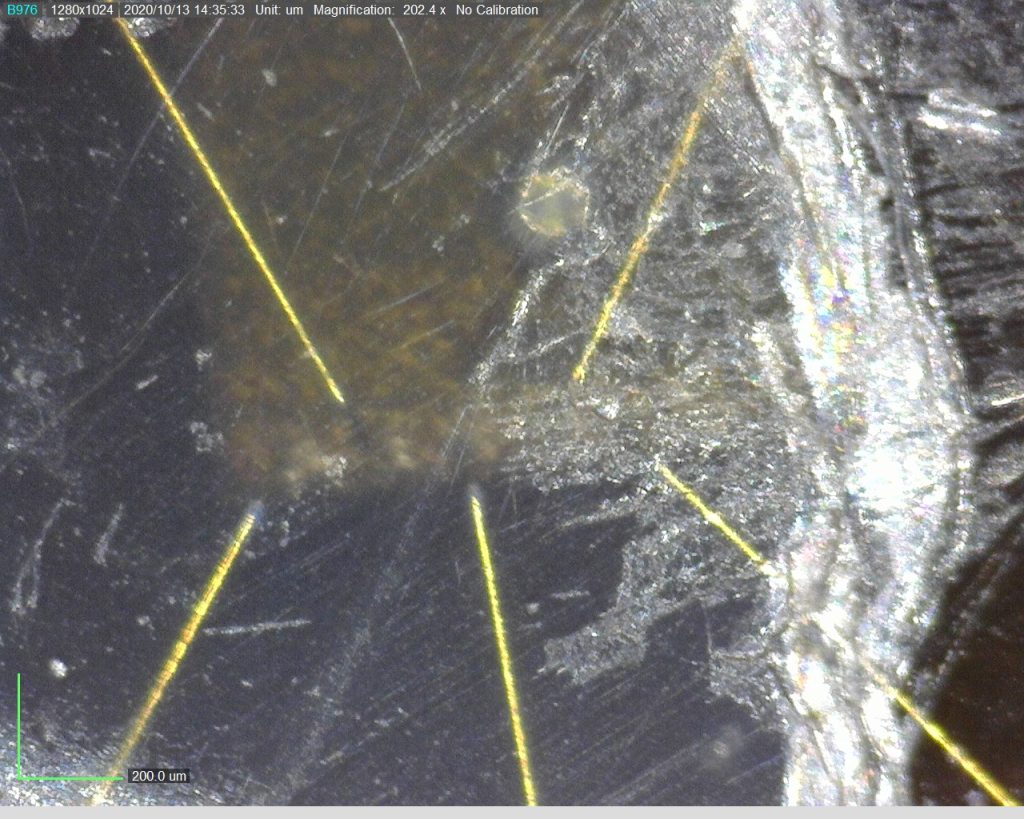
A crack is a type of discontinuity brought about by tensile stress, the result being that things are no longer held together. Hairline crack is a very thin crack that sometimes cannot be seen with naked eyes. In the aerospace field, hairline crack is not some mere problem that can be ignored. During flight, airplanes experience significant loads and stresses, and over time these loads can lead to cracks forming in high-stress areas of planes. If there is some hairline crack on the plane body, there’s a possibility that the plane will be unsafe to fly.
Uses of Dino-lite Digital Microscope for Visual Inspection - Wire Bonding
Visual Inspection - Wire Bonding
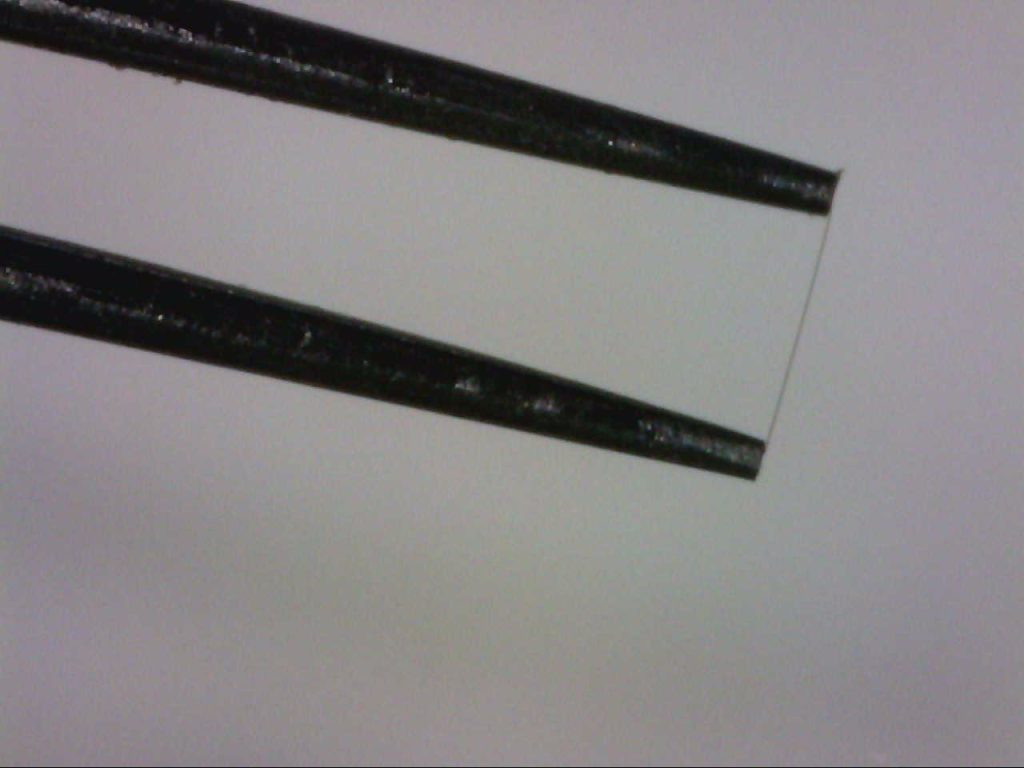
Uses of Dino-lite Digital Microscope for Identification of Genuine Currency Notes
Identification of Genuine Currency Notes
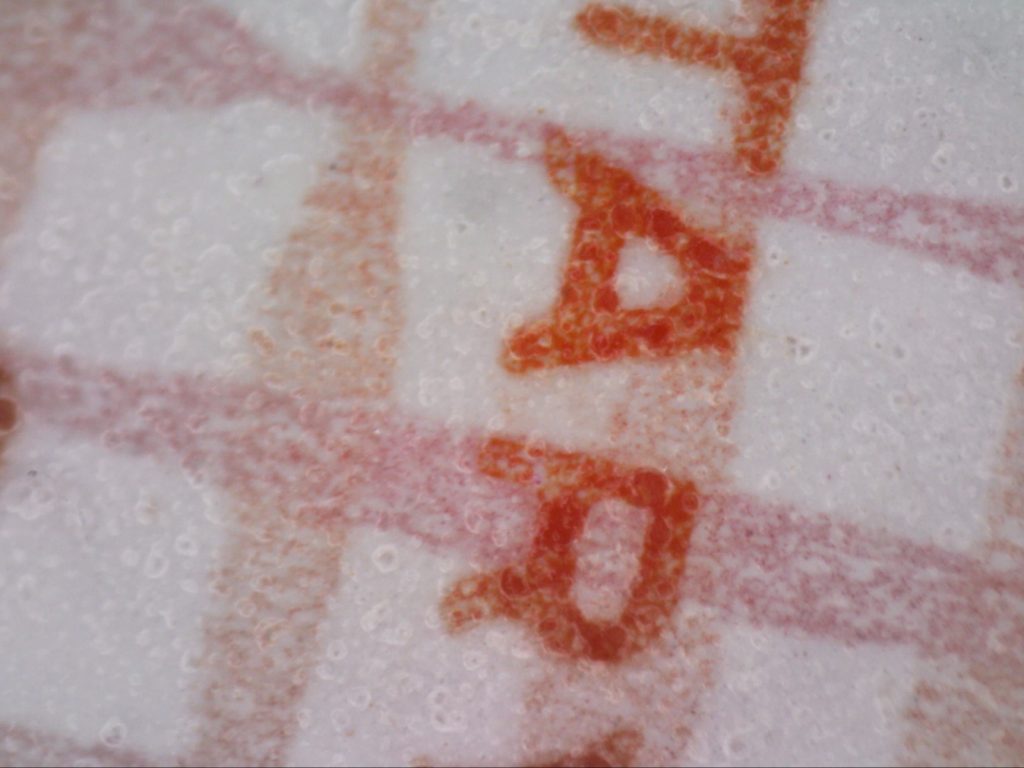
Microprinting is the production of recognizable patterns or characters in a printed medium at a scale that requires magnification to read with the naked eye. Micro texts security features are often added to currency notes and can be seen using the Dino-Lite digital microscope. Micro texts are added onto notes to identify genuine currency notes and also make it difficult to reproduce accurately using copiers or scanners. Typically, the text looks like a solid line at a distance.
Micro texts are used on currency, bank cheques, vouchers, and other items of value. It is often combined with other safety techniques such as holograms, void pantographs, prismatic printing, hot stamp foil printing, infrared visible inks or watermarks.
The portable nature of the Dino-Lite digital microscope makes it a very suitable tool for checking micro texts or prints on currency notes. You’d be able to bring it around. Coupled with the DinoCapture 2.0 software, it’s the perfect magnifier for checking currency notes and supporting report writing of suspicious currency notes.
Uses of Dino-lite Digital Microscope for Failure Analysis - PCB Board
Failure Analysis - PCB Board
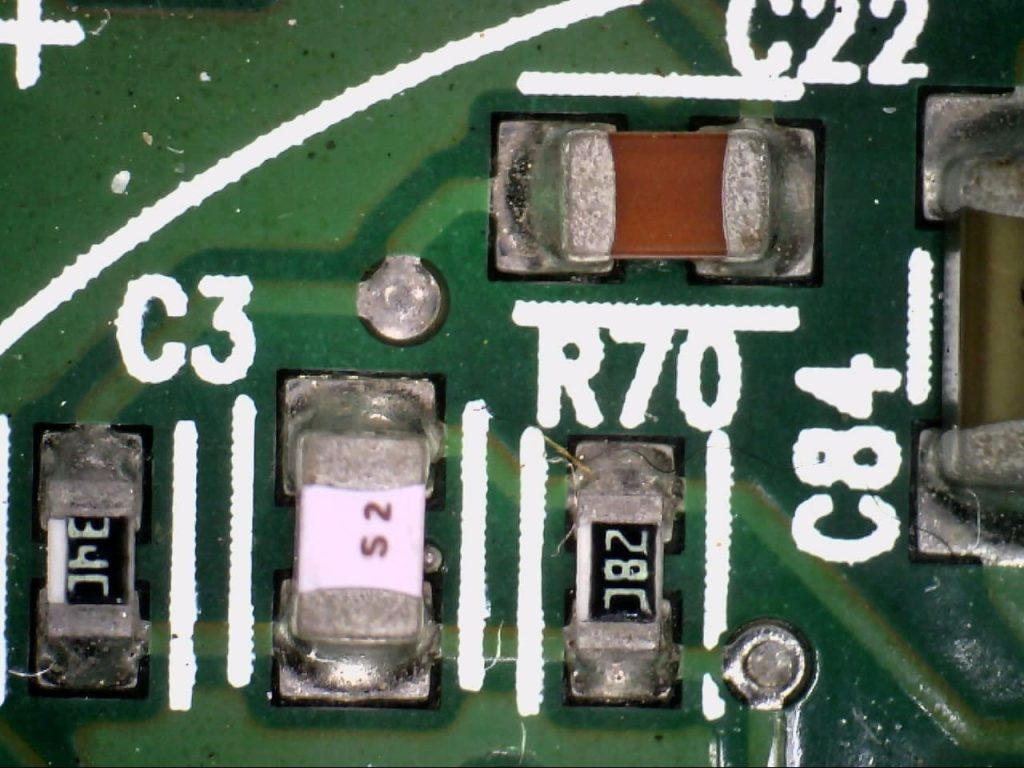
Failure analysis is the process of collecting and analyzing data to determine the cause of a failure, often with the goal of determining corrective actions or liability. The failure analysis process relies on collecting failed components for subsequent examination of the cause or causes of failure using a wide array of methods, especially microscopy.
Optical microscopy may be one of the most popular and preferred testing methods used for detecting faults, defects and problems associated with soldering and assembly. Many customers choose optical microscopy because of its speed and accuracy. Microscopy testing can verify improper construction, which can lead to stresses that can expose flaws at certain cross sections.
Dino-Lite has been used increasingly for failure analysis in the microelectronics industry, especially for printed circuit boards (PCBs). Digital microscopes are practical to use and allow an efficient workflow for inspection.
Uses of Dino-lite Digital Microscope in Textile - Fabric Inspection Industry
Textile - Fabric Inspection Industry
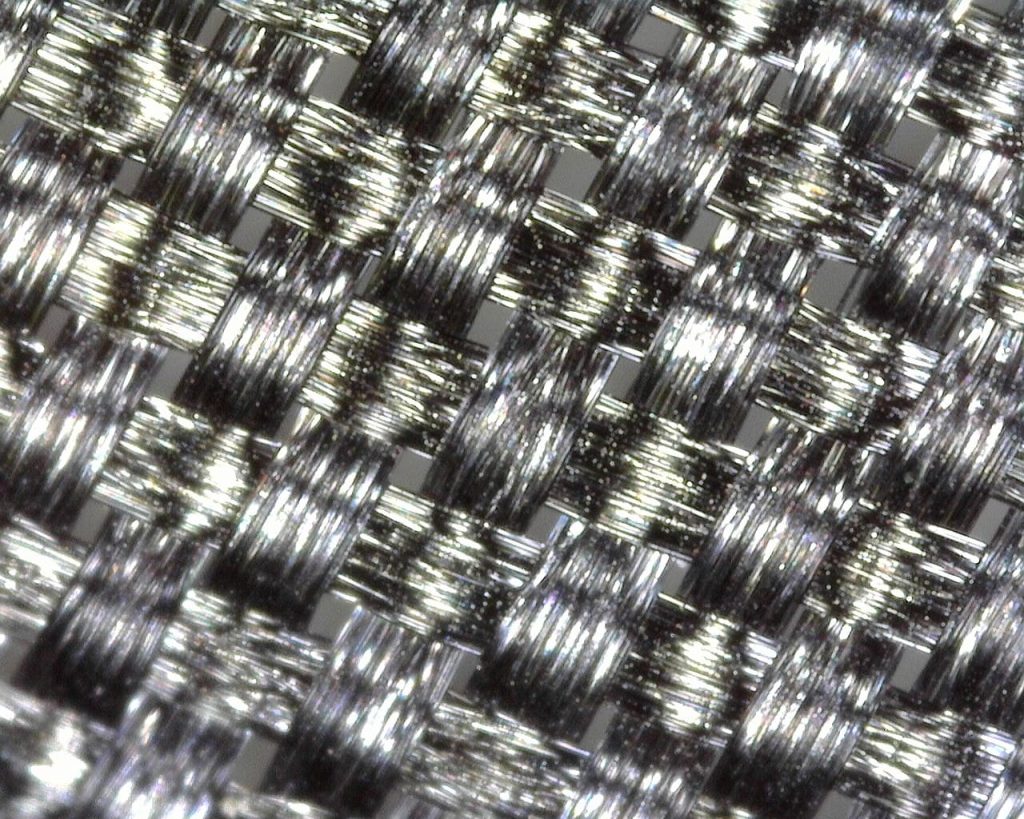 Dino-Lite digital microscope cameras allow Textile and Composite industry professionals the ability to see thread counts, contaminate section, and loom sewing monitoring with the ability to capture images and video with the included software.
Dino-Lite digital microscope cameras allow Textile and Composite industry professionals the ability to see thread counts, contaminate section, and loom sewing monitoring with the ability to capture images and video with the included software.
How To Connect Wf-20 To Dino-lite AF Series Microscopes?
What is the WF-20?
The WF-20 is a Wi-Fi streamer, as well as a wireless router, to be used with Dino-Lite Edge AF series digital microscopes for viewing and sharing observations wirelessly. The WF-20 is ideal for on-field use as it comes with high quality image transmission and a long battery life. When your AF series Dino-Lite digital microscope is connected to the WF-20, it becomes a wireless digital microscope. This is also sometimes known as a Wi-Fi digital microscope.
Compatible with mobile device or computer with operating system:
- IOS 10.X or later
- Android 6.0 or later
- Windows XP (SP3)/Vista/7/8/10
Do take note that the Dino-Lite WF-20 Wi-Fi streamer is only compatible with Dino-Lite Edge AF series digital microscope.
What's in the package?
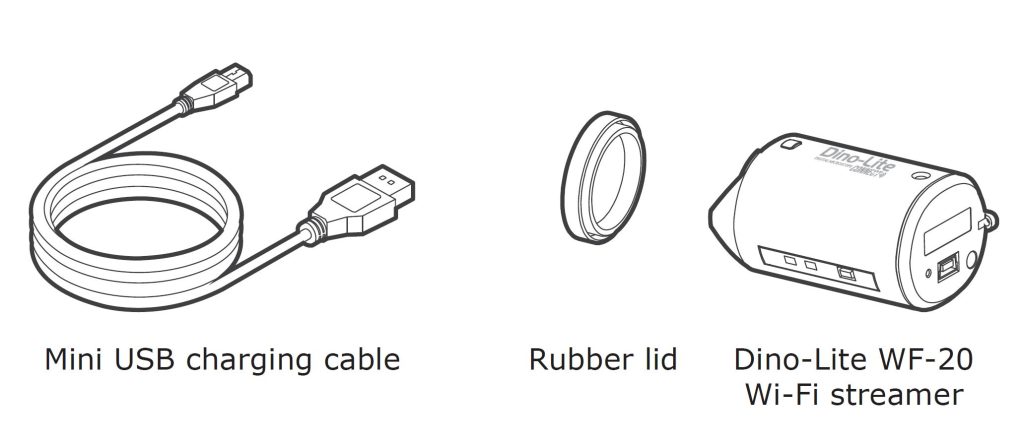
WF-20 Device Overview
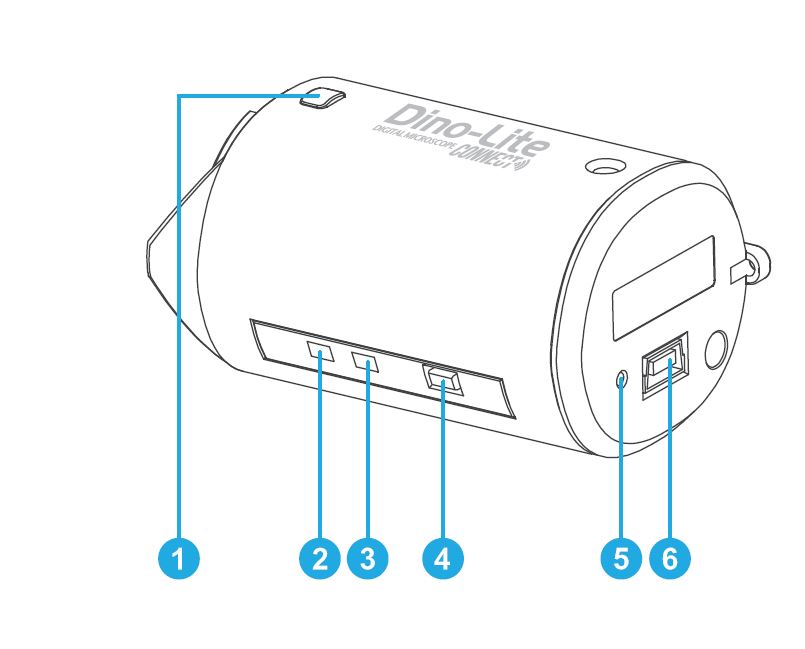
- Interface release button
- Wi-Fi signal LED indicator
- Battery LED indicator
- On / Off power button
- Reset pinhole button
- Mini USB port (for charging purpose)
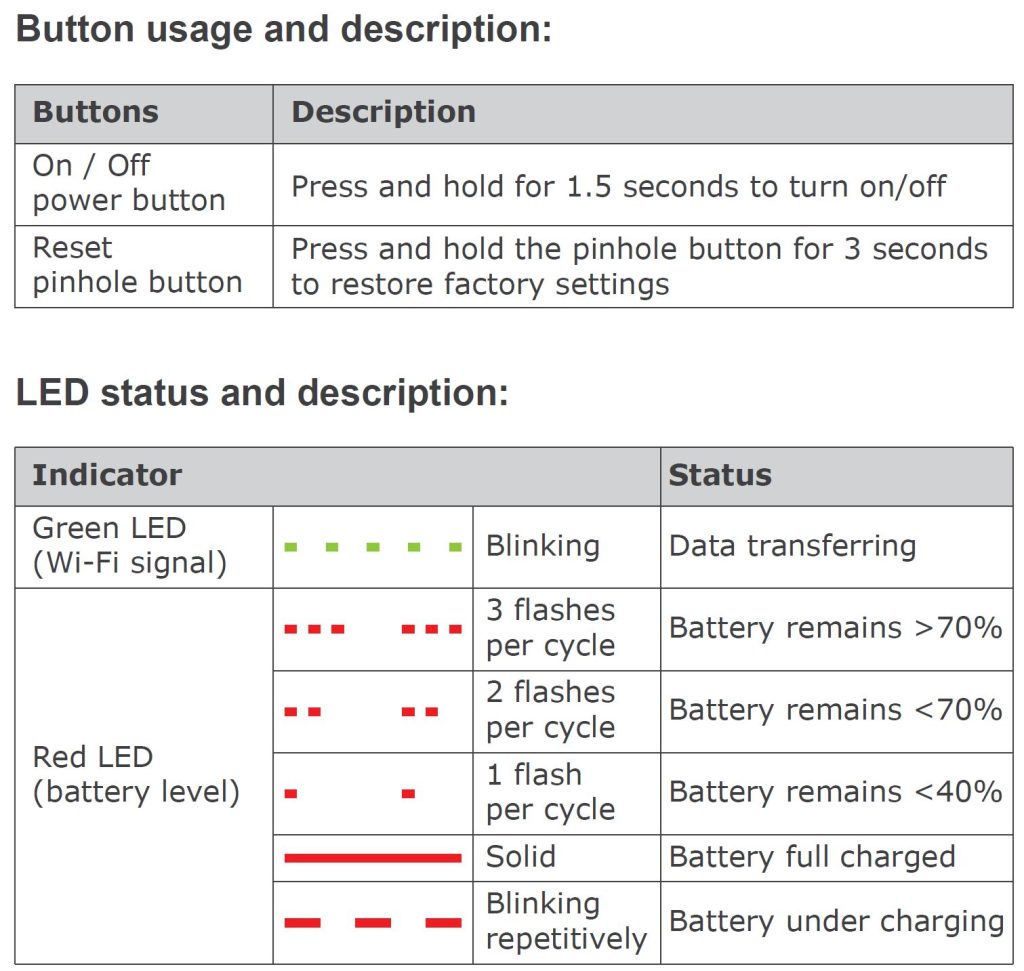
Let's get started!
Before anything, make sure you charge the WF-20 by connecting to a computer or a USB charger with the Mini USB charging cable.
1. Attach the WF-20 to Dino-Lite AF Series.
Press the two release buttons on the Dino-Lite AF series at the same time to remove the USB interface adapter.
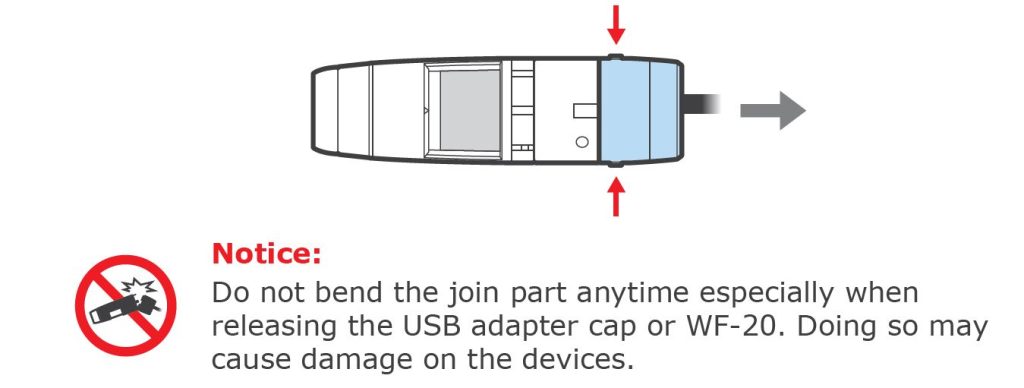
Remove the rubber lid from the WF-20. We suggest that you use the rubber lid to cover the USB adapter cap. This helps to prevent dust build-up inside the adapter.

Attach the WF-20 onto AF series with the Dino-Lite logos facing the same side.
2. Install Software
Download and install DinoConnect from the Apple App Store on iOS or Google Play store on Android.
OR
You can also install DinoCapture 2.0 which can be downloaded from https://www.dinolite.sg/downloads/software.
3. Set up the Network
Power on the Dino-Lite AF series with the WF-20 attached by pressing the power button for 1.5 seconds. The start-up process can take up to half a minute before the Dino-Lite LEDs light up. Anyway, the way to power off is also by pressing on the power button for 1.5 seconds.
On iOS/Android
- Go to settings of your iOS/Android device
- Turn on Wi-Fi.
- Select WF-20’s SSID (default: “Dino-Lite WF-20”) and input password (default: “12345678”)
- Launch DinoConnect and your Dino-Lite is ready to use!
- (Optional) When you are using multiple WF-20 nearby, be advised to change WF-20’s SSID and password in DinoConnect settings to distuingish them.
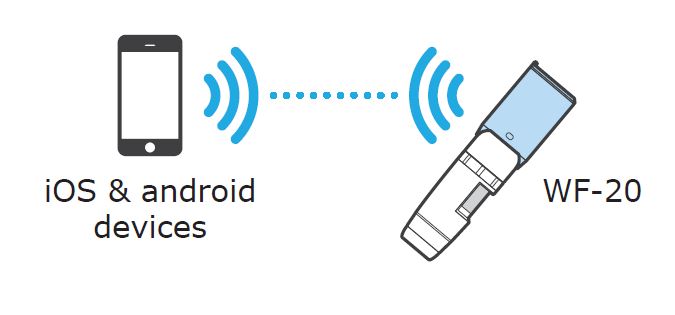
On Windows PC/laptop
- Turn on Wi-Fi of your computer, and select the network by clicking on the icon in the notification area
- Select WF-20’s SSID (default: “Dino-Lite WF-20”), and click the Connect button
- Enter the security key (default: “12345678”), and click Next to connect.
- Launch DinoCapture 2.0 and your Dino-Lite is ready to use!
Connecting to a Wireless Network
You may further setup the WF-20 as a router to build connection between your mobile and a wireless network.
- Open DinoConnect settings
- Tap “Choose a network"
- Choose a network, then enter password to connect.

Now your device is connected to the chosen network via the WF-20. The device will remember the last connected wireless network. The WF-20 can be possibly connected up to 10 mobile devices at the same time, but it is recommended to keep less than 5 connections for retaining image fluency.
You can also watch the video on how to connect to WF-20 here:
LFC is the exclusive distributor of Dino-Lite digital microscope in Singapore. Contact us if you need more information or a product demonstration. You can also visit our blog to discover more about the wireless digital microscope we carry.
How To Calibrate Your Dino-lite Digital Microscope?
The USB version of Dino-Lite digital microscope is able to make measurements. This is done through the software DinoCapture 2.0 in Windows, and DinoXcope in Mac. In order to make measurements, you first need to calibrate your Dino-Lite.
Here are the steps on how to calibrate your Dino-Lite digital microscope:
1. Connect your Dino-Lite USB digital microscope to your PC
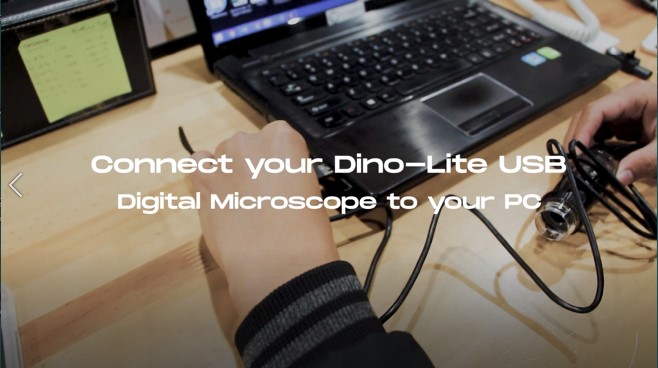
2. You can place your Dino-Lite on a stand for better stability.
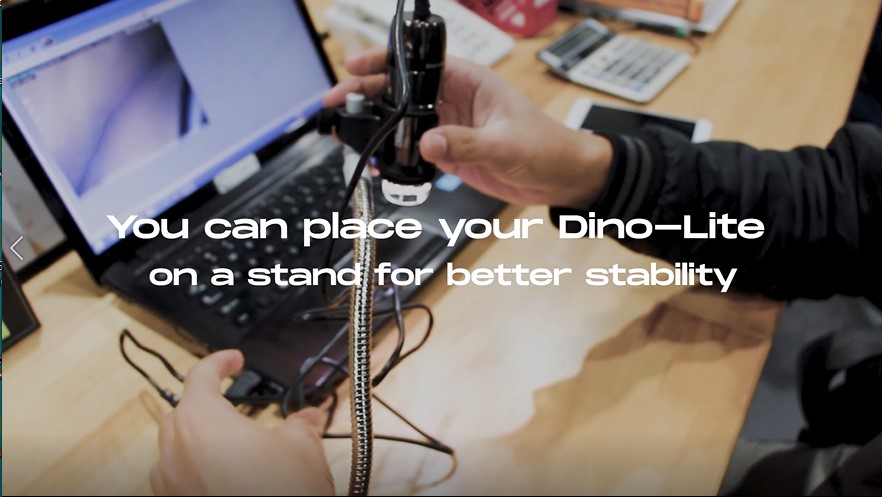
3. Open the DinoCapture2.0 or DinoXcope to view the image captured.
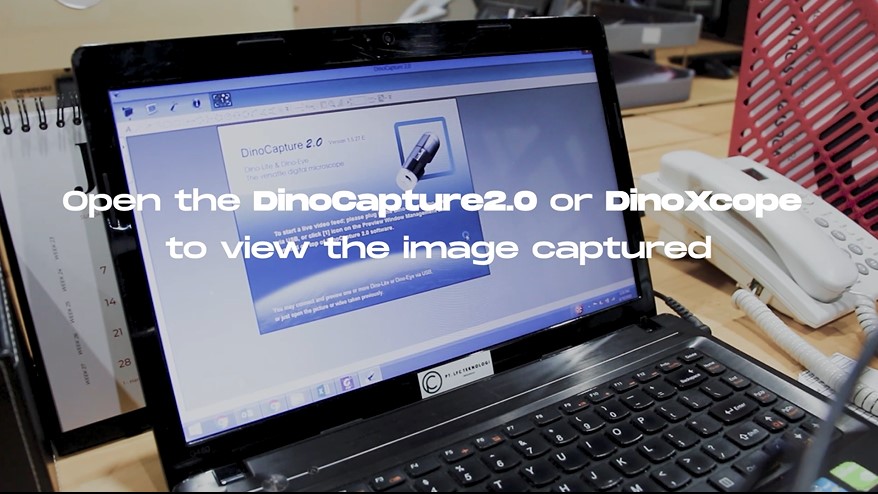
4. Click on the calibration icon on the top right hand corner and select a new calibration profile. You can name the calibration profile. For example, if you are calibrating at 200X and measuring 1mm, the profile name could be “200X – 1mm”.
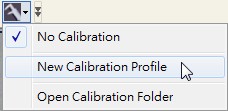
5. Click “Continue Calibration” after naming the profile.
6. Place the calibration target under the microscope and focus to calibrate your Dino-Lite.
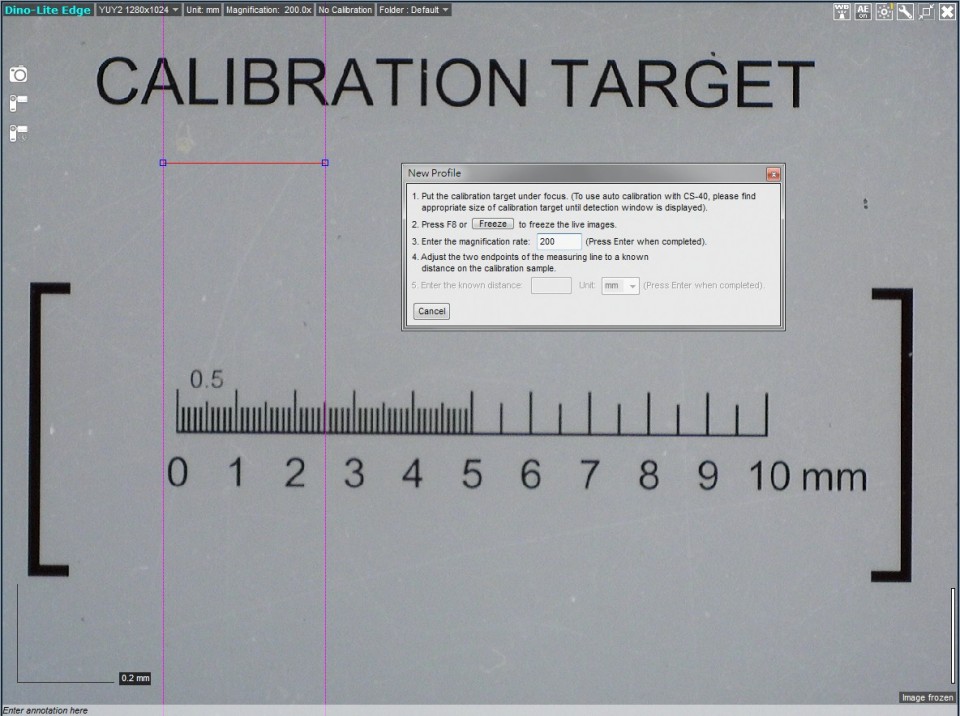
7. Click on one of the blue dots with pink guidance line to start moving to your desired location. Click again to stop. Click on the other blue dot to start setting the other end point. When the correct distance is measured, enter the known distance. In this example I am measuring a 1mm calibration target so I entered 1 into the known distance box.
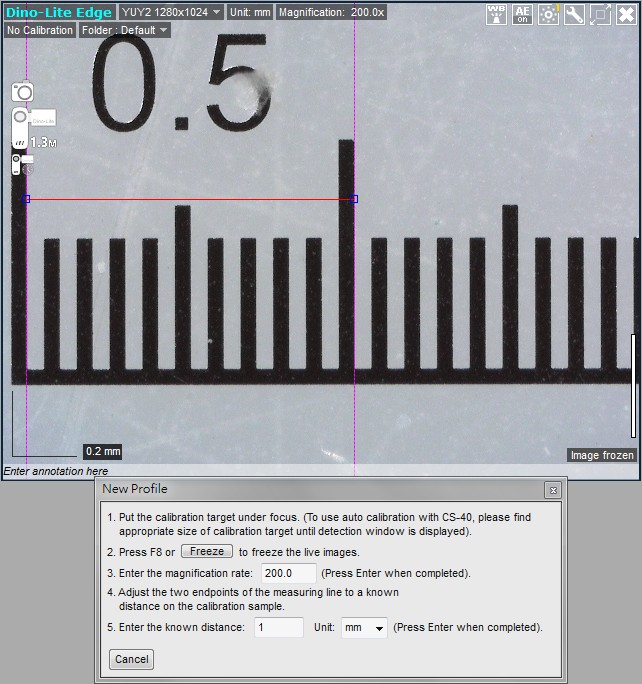
8. You have now finished setting up a new calibration profile. You are recommended to create multiple calibration profiles for different magnification levels.
For best results, it is recommended that you select a calibration profile close to the magnification you are using. For example, if the microscope is at 75X magnification and you have calibration profiles setup for 50x, 80x and 200x, it is best to use the profile setup at the closest magnification, which in this case would be 80x.
If you measure with a magnification out of the calibrated range of your profile, the results may not be accurate. For example, if you calibrate at around 50x but then measure at 200x magnification, the measurement results may be inaccurate.
If fixed magnification is required, simply calibrate at that magnification only for the most accurate results. For example, if you will be using a fixed magnification of 50x, setting up a single calibration profile at 50x will give you the most accurate results.
You can now place your object under the microscope to take the measurement.
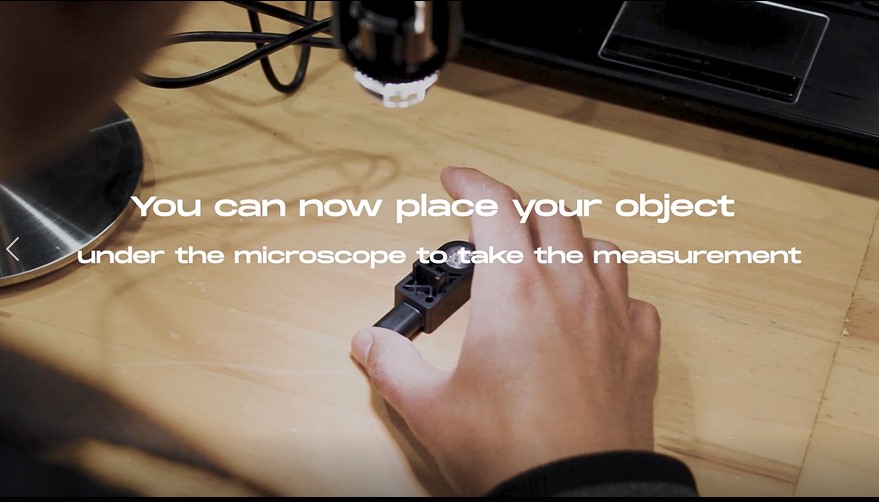
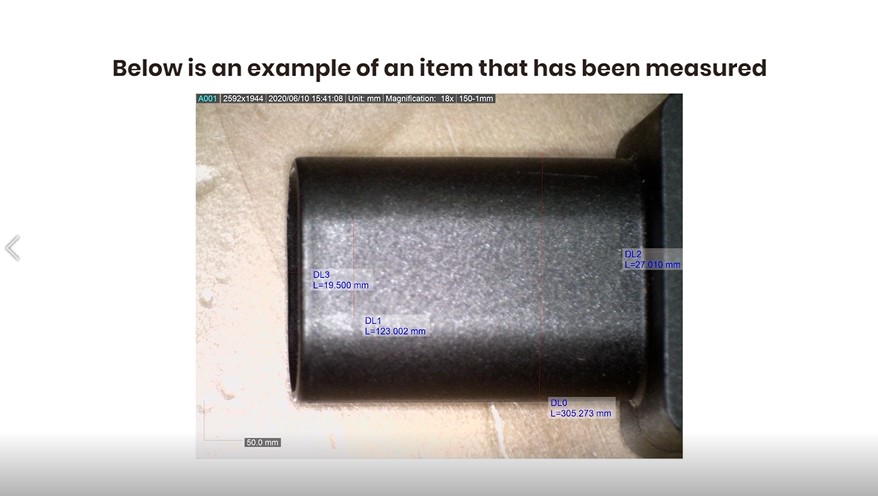
Or you can check out our video on How to calibrate your Dino-Lite Digital Microscope below :
Uses of Dino-lite Digital Microscope in Research & Development
Interactive platform for peer studying on biological and general microscopy. Dino-Lite microscope provide one of the most important platform in the field of studying biological sciences and general microscopy science. It allows students and lectures as the user to peer into the world of the cell, as well as discover the fascinating world of microscopic organisms and specimen with micron precision.
Detect Abnormal Scar Formation
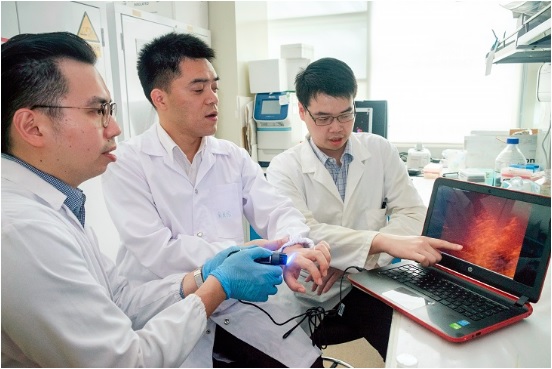
It was very hard and painful to detect skin diseases. The only tool was to perform a biopsy, where a skin tissue sample is extracted and sent for laboratory testing. The procedure is very inconvenient for patients, and an open wound also risks infections and needs suture which must be removed later.
Recently, a new technique was developed by a team led by Assistant Professor Xu Chenjie from Nanyang Technological University’s School of Chemical and Biomedical Engineering, nanoscience expert Professor Chad A. Mirkin from Northwestern University and Dr Amy S. Paller, Chair of Dermatology at Northwestern University Feinberg School of Medicine.
The new method is much more painless and allows doctor to take preventive measures earlier to help reduce the chances of serious scarring. Using new nanoparticles, the joint research team has shown in animals and human skin samples the potential to quickly and accurately predict whether a wound is likely to lead to excessive scarring as occurs in keloids and skin contractures.
Published last month in the Nature Biomedical Engineering journal, the new detection method uses thousands of nanoparticles called NanoFlares, which have DNA strands attached to their surfaces like a ball of spikes.
These nanoparticles are applied to closed wounds using a cream. After the nanoparticles have penetrated the skin cells for 24 hours, a handheld fluorescence microscope is used to look for signals given out by the nanoparticles’ interaction with target biomarkers inside the skin cells.
Using the Dino-Lite AM4115T-GFBW, when fluorescence signals are detected, they indicate abnormal scarring activity and preventive action can be taken to hopefully avoid heavier scarring.
Assistant Professor Xu Chenjie said: “When our bioengineered nanoparticles are applied on the skin, they will penetrate up to 2mm below the skin surface and enter scar cells.”
In other recently published or accepted peer-reviewed journal articles, such as in a SLAS Technology commentary, Dr Yeo further elaborates on the potential applications of NanoFlares for other skin diseases such as skin cancer, since the DNA sequences on the nanoparticles are interchangeable.
The team has filed a patent application based on this technology through NTU’s innovation and commercialisation arm, NTUitive, and will conduct a clinical trial by mid-2019.
References:
New nanoparticles help to detect serious wound

